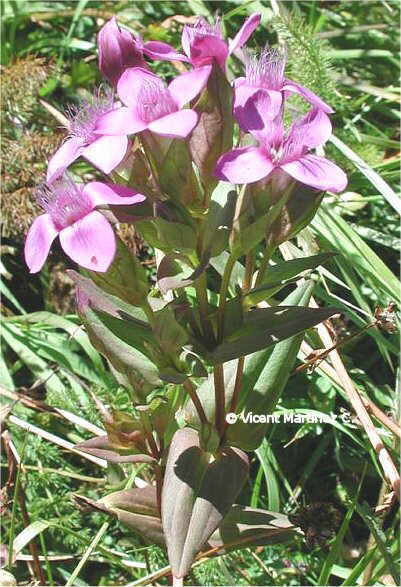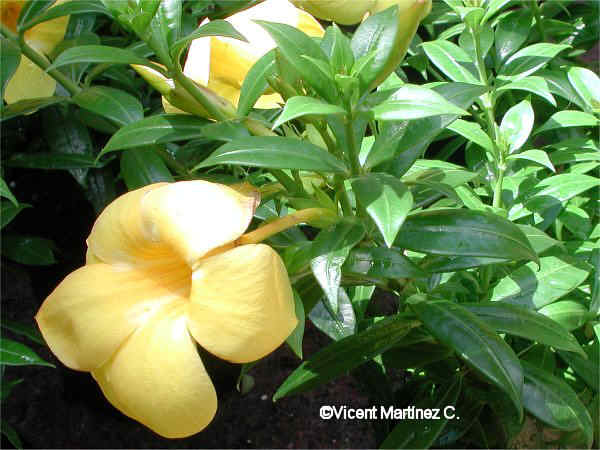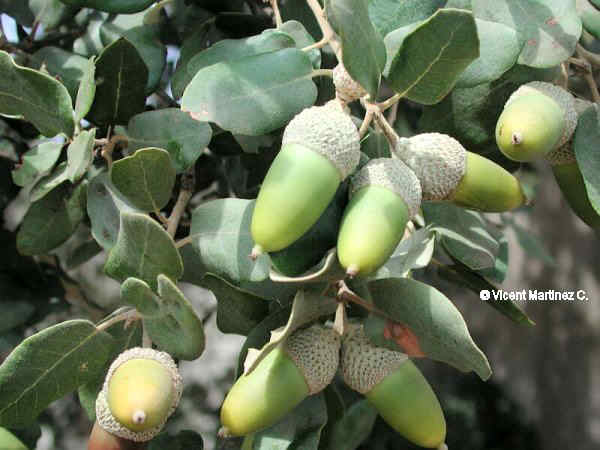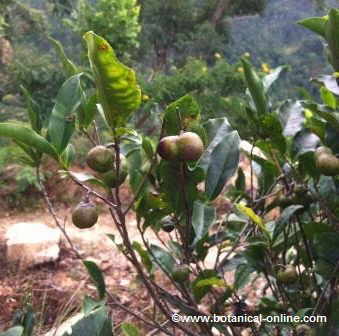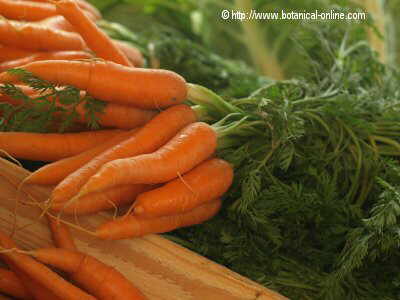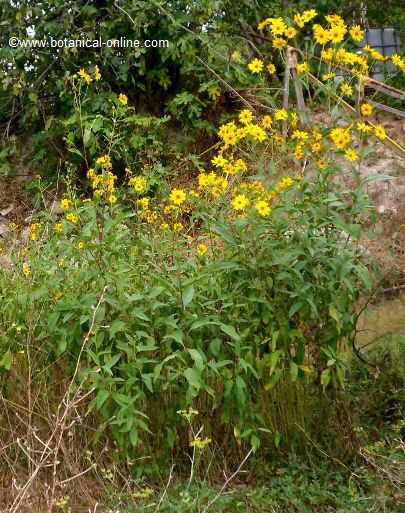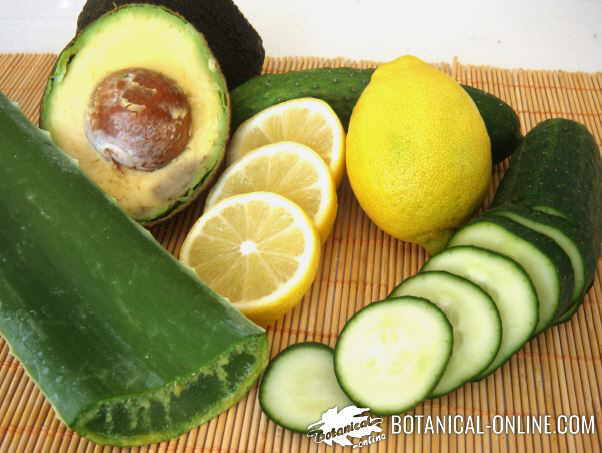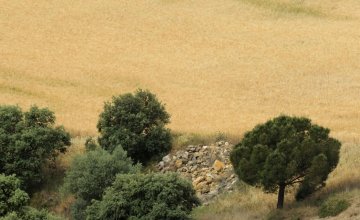Contents
Main gentian species
Main characteristics of gentian species
In the world there are about 400 species of gentian. Most of them grow in cold mountain areas, mainly in what is known as alpine meadows. All of them have tubular flowers that are born from spring to autumn.
The majority of them display blue colors, although there are also yellow, white or red.
Besides the yellow gentian (Gentiana lutea), which is best known for its medicinal properties, there are many species of gentian, most of them with similar properties, although many of them are not listed in the references as natural remedies.
Gentian species
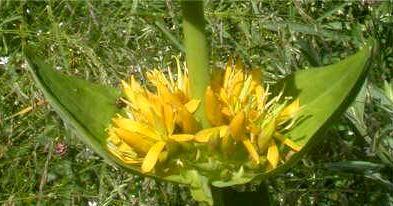
Gentiana lutea flowers
Among them we could mention the following:
- Gentiana acaulis: Originally from Southern Europe. It is characterized, as its scientific name indicates, by the absence of stem. The leaves are gathered in rosette at ground level. Its blue flowers are very large and have green spots in the throat.
- Gentiana andrewsii: It appears in the meadows of eastern North America. It reaches up to 60 cm in height. It is known as bottle gentian, and the shape of its blueviolet flowers which grow in summer and remain semiclosed. The Indians usually used as a remedy against snake bites. Aperitif and digestive properties.
- Gentiana amarella: An annual rhizome of a yellow color, very tortuous. Purpleblue flowers, whose ends are open with the sun giving it the form of a 5pointed star.
- Gentiana bellidifolia: Native from New Zealand, it is one of the few gentian flowers white. As its name suggests, has leaves that resemble daisies.
 Photo of Gentiana campestris
Photo of Gentiana campestris - Gentiana catesbaei: Widely used by Native Americans to cure backache, and digestive and circulatory problems.
- Gentiana cruciata: It presents crossshaped leaves. It has been used as a tonic and stomach. Used to combat hoarseness and sore throat.
- Gentiana dinarica: Native from the Balkans, has a rosette of leaves elliptical. Solitary bellshaped flowers up to 8 cm born in summer.
- Gentiana farreri: Native from South China and Tibet. It features blue flowers with a white band.
- Gentiana kurro: Used in veterinary medicine as a remedy to feed animals, it possesses stomach, tonic and febrifuge properties.
- Gentiana macrophylla: With properties to remedy hemorrhoids, arthritis, jaundice and lower fever.
- Gentiana punctata: up to 60 cm in height, it is characterized by its greenish yellow flowers, spotted with brown. It blooms in late summer.
- Gentiana quinquefolia: It has been recognized because of its medicinal properties for the treatment of malaria.
- Gentiana purpurea: It has been used as a remedy against cancer.
- Gentiana scabra: This is the gentian with the highest number of attributed medicinal properties. Among them, in addition to his stomach and tonic properties, we can consider its ability to remedy pain, to treat rheumatism, inflammation, liver, cold or t sore throat.
- Used externally, it is good for the treatment of sore eyes, to treat conjunctivitis and to remedy vaginitis or inflammation of the vagina, generalized itching or abscesses with pus. Among its most curious properties we can pont out its ability to increase memory.
- Gentiana verna: It forms o rosettes of leaves on the ground of the mountains, mainly on limestone and calcareous soil. Its blue flowers open forming a tubular cupshaped fivepointed star. As gentiana acaulis, it contains bitter principles.
- Gentiana Villarsii: up to 1 meter tall, it has yellow flowers with brown spots.
![]() More information on gentian properties and characteristics.
More information on gentian properties and characteristics.
Other species of gentians:
Gentiana adsurgens
Gencitana barbata
Gentiana campestris
Gentiana crassicaulis
Gentiana dahurica
Gentiana decumbens
Gentiana lagodechiana
Gentiana manschurica
Genciana olivieri
Gentiana paradoxa
Gentiana pannonica
Gentiana pneumonanthe
Gentiana puberulenta
Gentiana Purdomi
Gentiana rigescens
Gentiana septemfida
Gentiana straminea
Gentiana thunbergii
Gentiana triflora
Gentiana tubiflora
Gentiana villosa
![]() More information on gentian properties and characteristics
More information on gentian properties and characteristics

